How Web Design and SEO Marketing Can Boost B2B Success

Are you struggling to convert website visitors into leads? If your B2B website isn’t optimized for search engines, you might be missing out on countless potential clients. Combining web design and SEO marketing is crucial for transforming your online presence.
Great web design goes beyond aesthetics; it creates an engaging user experience while seamlessly integrating SEO principles.
Meanwhile, SEO ensures your site stands out in search results, driving the right traffic to your business.
When web designers and SEO experts work together, they create a formidable strategy that propels B2B success and maximizes conversions.
Read on to discover how!
Key Takeaways:
Key Components of Effective Web Design for B2B
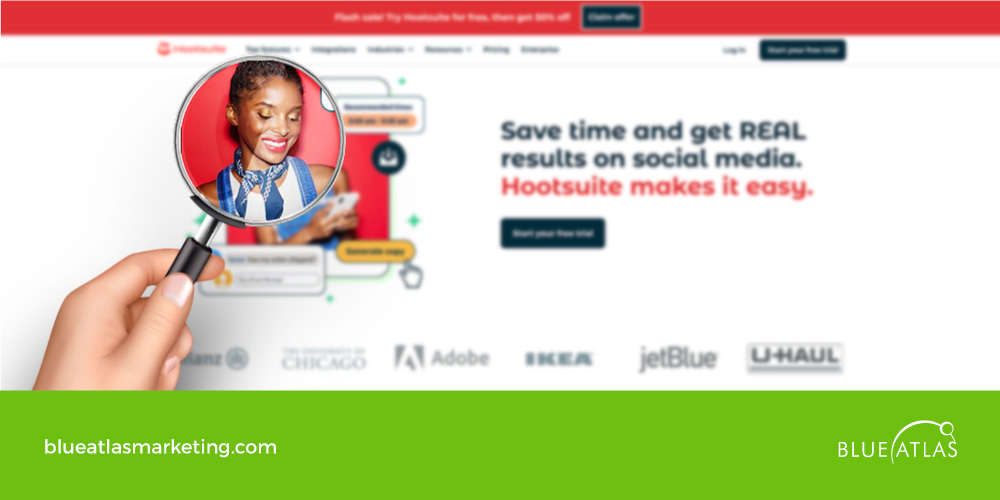
Creating a visually appealing website is just one piece of the puzzle; understanding the strategic elements behind design is key to driving conversions.
Visual Hierarchy’s Role in Conversion Rates
A well-organized visual hierarchy helps users easily navigate your site, leading them to the most important information.
Categorizing pages and creating subcategories ensures that even if you offer numerous products or services, the user experience remains smooth and intuitive.
For example, a B2B software provider could break down its offerings into clearly defined subpages for each product line, increasing the chances of visitors finding what they need quickly and converting.
A clear, hierarchical site structure minimizes friction and keeps the customer journey on track.
Choosing the Right Color Schemes and Typography for Branding
Color and typography are powerful tools in shaping how users perceive your brand. The right color palette can evoke emotions and establish trust.
For instance, tech firms often use blues to communicate reliability and innovation.
Similarly, typography plays a critical role in communicating professionalism and personality.
A B2B legal consultancy might use strong, serif fonts to convey authority, while a creative agency may opt for playful, modern typefaces to showcase its creativity.
Choosing the right combination creates lasting impressions and strengthens brand identity.
SEO Strategies that Complement Web Design
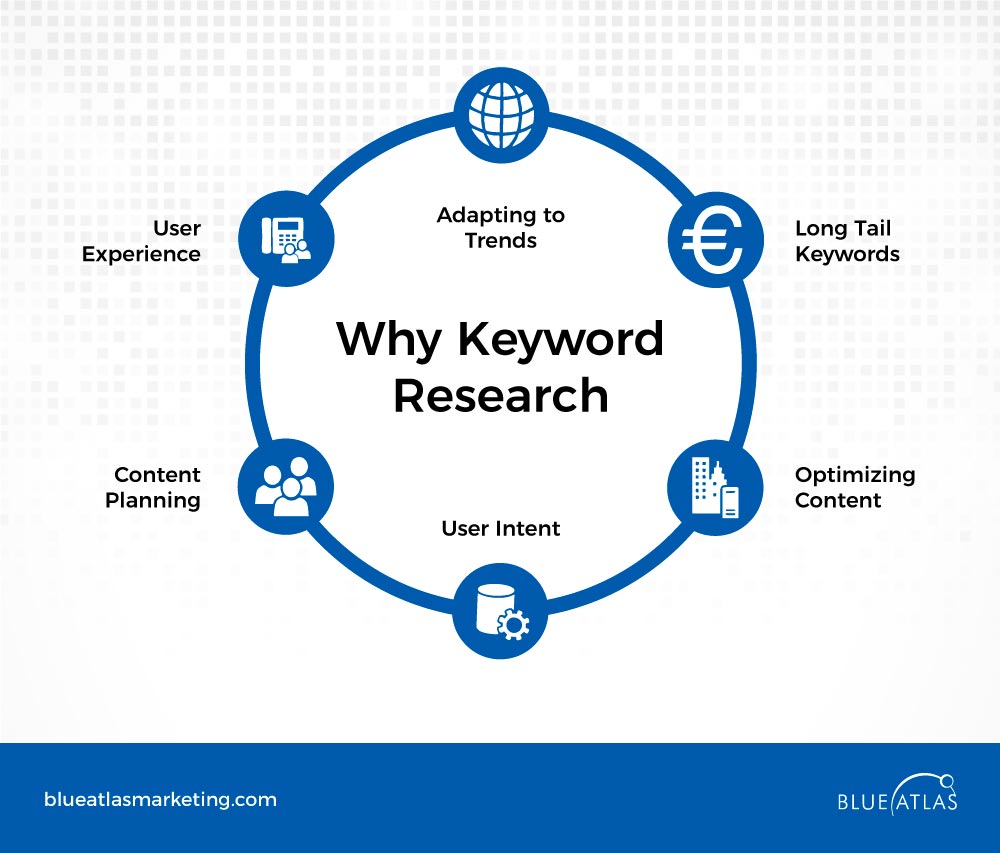
A strong SEO strategy is not standalone—it works hand-in-hand with web design to boost visibility and performance.
Strategically implementing keyword research and crafting effective meta tags, B2B websites can achieve better search rankings and enhanced user experience.
To make your web design SEO-friendly, it’s crucial to incorporate keyword research into every phase:
Start by understanding user intent—what your audience searches for and how they phrase their queries.
Then, plan your content around these keywords, strategically placing them in headings, subheadings, and body text.
For a balanced approach, pay attention to both long-tail and short-tail keywords, and always consider the latest search trends to stay relevant.
For example, a B2B IT service provider might optimize pages with keywords like “cloud solutions for enterprises” to capture more targeted traffic.
Content optimization, paired with user-friendly design, helps keep your site competitive in search rankings.
Moreover, meta tags are the unsung heroes of SEO.

Hidden within your website’s HTML code, these tags communicate critical information to search engines, helping them understand your content.
Titles and meta descriptions provide a concise summary of each page, which helps with ranking and attracts users when they see it in search results.
For example, a well-crafted meta description for a B2B SaaS company could highlight critical features like “streamline operations with scalable cloud-based software.
The Role of User Experience (UX) in B2B Success
User experience (UX) can make or break your lead generation and retention efforts.
A well-designed UX keeps users engaged and guides them smoothly from one step to the next, improving the likelihood of conversion.
How UX Design Affects Lead Generation and Retention
While an attractive user interface (UI) can initially capture attention, the overall UX keeps users coming back.
A seamless user journey—where each step is logical, efficient, and enjoyable—plays a critical role in customer retention.
A frustrating experience will send potential leads to competitors, while a smooth one builds trust and encourages conversions.
Tools in Measuring and Improving User Engagement
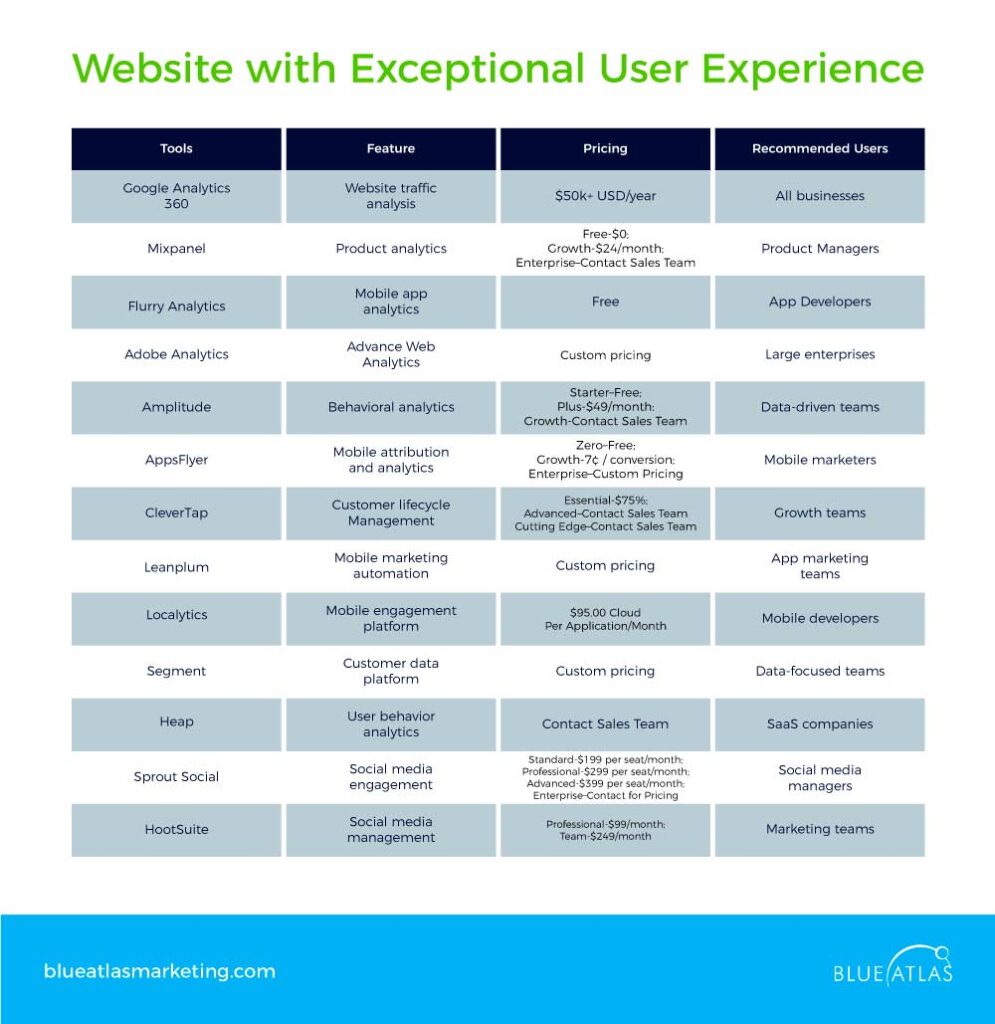
The right tools are essential to measure and optimize UX, allowing businesses to refine their strategies and enhance customer interaction:
| Tools | Feature | Pricing | Recommended Users |
| Google Analytics 360 | Website traffic analysis | $50k+ USD/year | All businesses |
| Mixpanel | Product analytics | Free – $0; Growth – $24/month; Enterprise – Contact Sales Team | Product managers |
| Flurry Analytics | Mobile app analytics | Free | App developers |
| Adobe Analytics | Advanced web analytics | Custom pricing | Large enterprises |
| Amplitude | Behavioral analytics | Starter – Free; Plus – $49/month: Growth – Contact Sales Team | Data-driven teams |
| AppsFlyer | Mobile attribution and analytics | Zero – Free; Growth – 7¢ / conversion; Enterprise – Custom Pricing | Mobile marketers |
| CleverTap | Customer lifecycle management | Essential – $75%; Advanced – Contact Sales Team Cutting Edge – Contact Sales Team | Growth teams |
| Leanplum | Mobile marketing automation | Custom pricing | App marketing teams |
| Localytics | Mobile engagement platform | $95.00 Cloud Per Application/ Month | Mobile developers |
| Segment | Customer data platform | Custom pricing | Data-focused teams |
| Heap | User behavior analytics | Contact Sales Team | SaaS companies |
| Sprout Social | Social media engagement | Standard – $199 per seat/month; Professional – $299 per seat/month; Advanced – $399 per seat/month; Enterprise – Contact for Pricing | Social media managers |
| HootSuite | Social media management | Professional – $99/month; Team – $249/month | Marketing teams |
Creating Content that Captivates and Converts
Content isn’t just king—it’s the entire kingdom. High-quality content draws prospects in, nurtures trust, and drives conversions.
When done right, it becomes the foundation of meaningful relationships with your audience.
Importance of Quality Content
Content marketing is the cornerstone of effective B2B strategies.
Providing valuable, informative content answers your audience’s pressing questions, establishing your business as a reliable resource.
It also builds trust over time, which is critical in the often long sales cycles of B2B transactions.
Whether you’re offering industry insights, case studies, or how-to guides, consistency in content quality can help generate leads and improve conversion rates.
Today’s B2B buyers expect nothing less than informative, engaging, and credible content from the brands they trust.
Techniques for Creating Engaging CTAs (Call-to-Actions)

A well-crafted CTA can be the difference between a visitor leaving your site or becoming a lead.
Here are some techniques to ensure your CTAs stand out:
- Think like your prospect – Understand their pain points and how your solution can help.
- Make it eye-catching – Use contrasting colors and compelling designs.
- Keep it concise – Short, clear, and to the point is always better.
- Focus on connection – Create a CTA that resonates with the visitor’s needs.
- Test and revise – Continuously monitor and optimize for best results.
Mobile Responsiveness as a Core Design Principle
As mobile usage among B2B clients continues to rise, it has never been more critical to ensure that your website is mobile-friendly.
Trends in Mobile Usage for B2B Clients
Mobile usage in the B2B world has skyrocketed, with 70% of B2B buyers reporting a significant increase in mobile activity over the past few years.
This trend is not slowing down—according to MoEngage, 60% of B2B clients expect their mobile usage to grow even more.
Whether for research or purchasing decisions, business owners are relying on mobile devices to engage with brands, which means your website must offer an optimal mobile experience to capture their attention and convert leads.
Best Practices for Designing Mobile-Friendly Websites
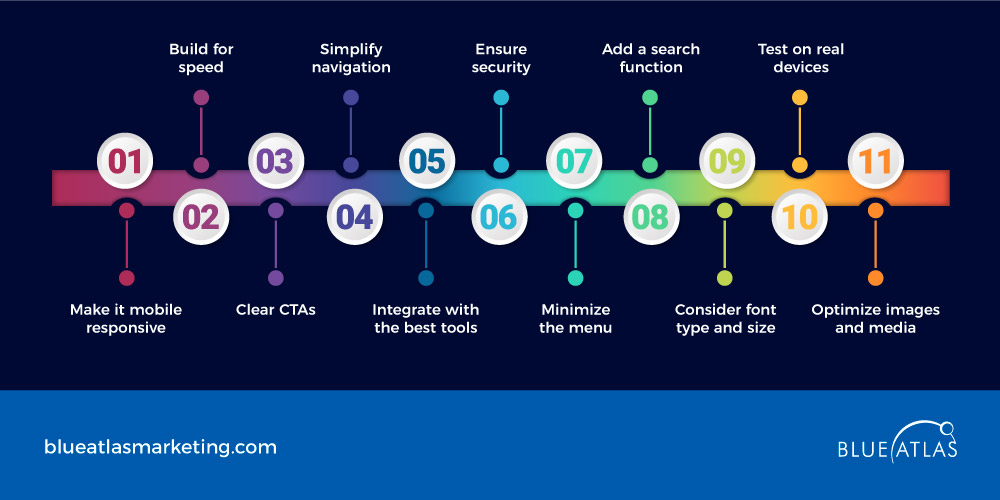
To ensure your B2B website is optimized for mobile users, follow these key best practices:
a. Make it mobile responsive – ensure your site adapts seamlessly to different screen sizes and devices.
b. Build for speed – optimize loading times to prevent user drop-offs due to slow performance.
c. Clear CTAs – use bold, easy-to-click call-to-action buttons that are visible and accessible on smaller screens.
d. Simplify navigation – Implement an accessible design by minimizing the menu and reducing clutter, making it easier for users to find what they need efficiently.
e. Integrate with the best tools – use proven mobile-friendly solutions like mobile-optimized eCommerce platforms or customer service chatbots.
f. Ensure security – protect user data with proper mobile security measures like HTTPS.
g. Minimize the menu – keep your site navigation streamlined to avoid overwhelming mobile users.
h. Add a search function – provide a quick search option to help users find content faster.
i. Consider font type and size – choose readable fonts and appropriate sizes for mobile devices.
j. Test on real devices – always test your mobile website on actual devices to ensure it works flawlessly.
k. Optimize images and media – compress images and videos to load quickly without sacrificing quality.
Signifying Key Performance Indicator Metrics
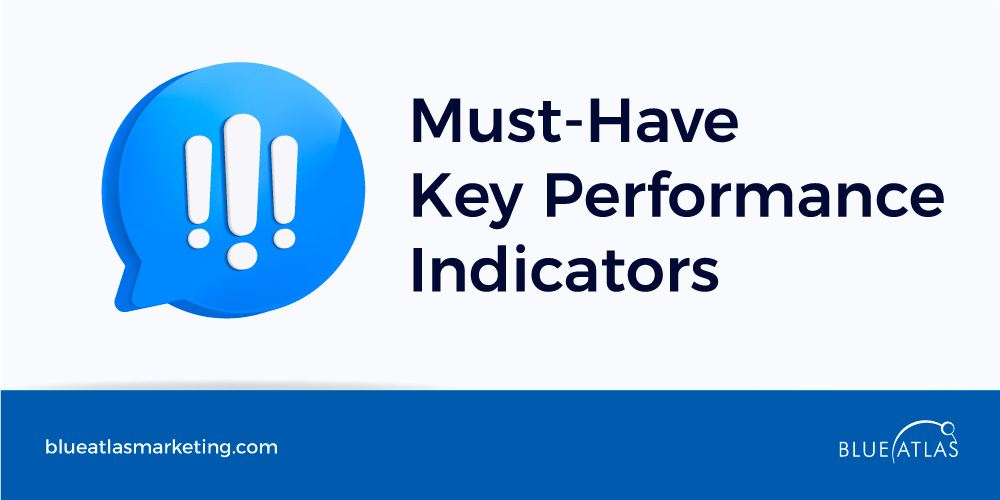
One of the first KPIs to monitor is the average time spent on a task.
This measures how efficiently users can complete actions on your website, such as navigating product pages or accessing resources.
For example, a B2B software company could measure how long it takes visitors to complete a demo request form.
Shorter task times indicate a more intuitive user experience.
Next is the task completion rate, which assesses how often users finish key actions.
A B2B consulting firm might track how frequently visitors book consultations or download whitepapers.
High task completion rates signal that users find value in your offerings and the site is easy to use.
Moving forward, the error rate is another critical KPI that indicates how often users encounter issues while navigating your site.
For example, a high error rate during the checkout process on a B2B eCommerce platform could lead to abandoned carts.
Identifying and fixing these errors improves the user journey and increases conversions.
The retention rate reflects how many users return to your site after their initial visit.
A low retention rate might indicate that your content or design needs to be more engaging.
For a B2B marketing agency, a high retention rate could mean clients frequently return to access case studies or industry insights.
Net Promoter Score (NPS) is a popular KPI in B2B for gauging customer loyalty.
It asks users how likely they are to recommend your website to others, with higher scores reflecting stronger customer satisfaction.
For example, a B2B SaaS company could use NPS to measure customer willingness to promote their services to colleagues.
Customer satisfaction (CSAT) surveys are another valuable metric, offering direct feedback on how users perceive your site.
A B2B logistics firm might use CSAT to determine if clients find their tracking system user-friendly.
These surveys give actionable insights that can improve website functionality.
The System Usability Scale (SUS) is a standard tool used to assess overall website usability.
It’s particularly useful in industries where complex platforms are familiar, like B2B manufacturing, where users may interact with detailed product configurators.
Single Sign-On (SSO) capabilities are increasingly important for B2B companies that require clients to frequently access account portals.
For instance, a B2B finance software company may track how easily clients can log into dashboards via SSO without needing to remember multiple passwords.
Lastly, ensure that your website is mobile-friendly, given the growing trend of mobile usage in B2B.
Suppose a B2B technology company notices that many visitors are accessing their site via mobile, but engagement could be higher. This might indicate that the mobile experience needs improvement.
Similarly, scalable systems are key, especially for growing B2B businesses like cloud providers or digital platforms. They ensure the website can handle increasing traffic and complexity without affecting performance.
Future Trends in Web Design and SEO Marketing
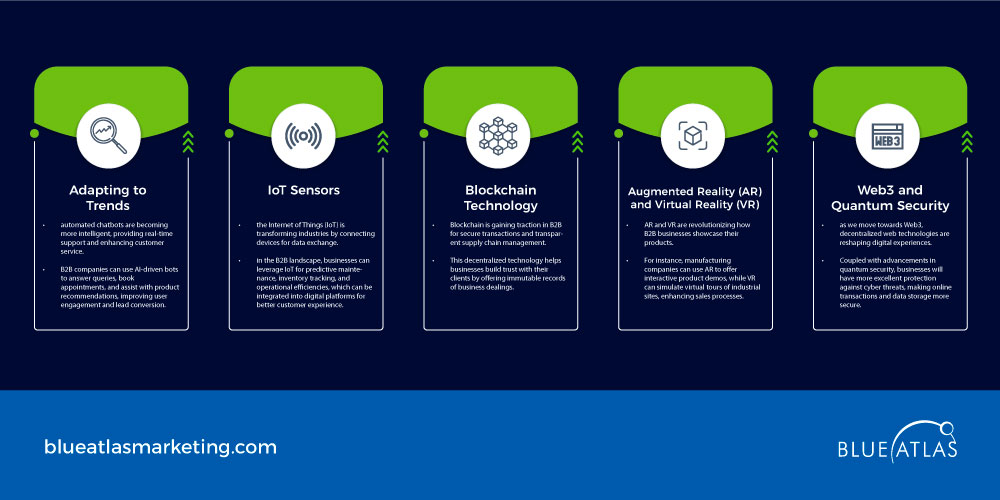
As technology evolves, B2B companies must stay ahead of emerging web design and SEO marketing trends to maintain a competitive edge.
These innovations are reshaping the way businesses engage with clients and optimize their digital presence:
AI-Powered Chatbots
Automated chatbots are becoming more intelligent, providing real-time support and enhancing customer service.
B2B companies can use AI-driven bots to answer queries, book appointments, and assist with product recommendations, improving user engagement and lead conversion.
IoT Sensors
The Internet of Things (IoT) is transforming industries by connecting devices for data exchange.
In the B2B landscape, businesses can leverage IoT for predictive maintenance, inventory tracking, and operational efficiencies. These can be integrated into digital platforms for a better customer experience.
Blockchain Technology
Blockchain is gaining traction in B2B for secure transactions and transparent supply chain management.
This decentralized technology helps businesses build trust with their clients by offering immutable records of business dealings.
Augmented Reality (AR) and Virtual Reality (VR)
AR and VR are revolutionizing how B2B businesses showcase their products.
For instance, manufacturing companies can use AR to offer interactive product demos, while VR can simulate virtual tours of industrial sites, enhancing sales processes.
Web3 and Quantum Security
As we move towards Web3, decentralized web technologies are reshaping digital experiences.
Coupled with advancements in quantum security, businesses will have more excellent protection against cyber threats, making online transactions and data storage more secure.
Implementing an Integrated Web Design and SEO Strategy
Integrating web design with SEO is essential to maximize your website’s potential.
A well-executed strategy improves user experience and drives traffic, leads, and conversions.
Building a cohesive marketing plan ensures that your website design and SEO efforts work together for long-term success.
Start by defining the market situation, assessing your current position in the industry, and identifying target audiences.
This foundation helps you set specific objectives—clear, measurable goals such as increasing organic traffic by 20% or boosting conversion rates by 10%.
Next, select tactics to achieve these objectives, which include keyword-optimized content creation, internal linking, backlinking, and responsive web design.
It’s essential to set up controls to maintain consistency and track progress.
It’s important to set up controls, such as using analytics tools to monitor performance and adjust as needed.
Lastly, draft an executive summary that concisely outlines your strategy for stakeholders and team members to follow.
Several B2B brands have successfully implemented integrated web design and SEO strategies.
HubSpot, for example, excels at attracting new leads by combining a clean, user-friendly interface with targeted SEO content.
Google Analytics leverages SEO and web design to provide seamless user experiences while delivering valuable insights.
Companies like Adobe, Canva, and Mailchimp have also demonstrated the power of integrating SEO with design by optimizing their websites for both search engines and users, resulting in higher visibility and better customer engagement.
Frequently Asked Questions (FAQs)
What is the relationship between web design and SEO marketing
Web design and SEO marketing work together to create a website that is not only visually appealing but also optimized for search engines. Good web design improves user experience, while SEO ensures your site ranks high in search results, driving more traffic and conversions.
How does user experience contribute to B2B success?
User experience (UX) plays a crucial role in B2B success by making your website easy to navigate, helping visitors find the information they need quickly, and creating a positive interaction. A seamless UX leads to higher lead generation and client retention, which are key to B2B growth.
What are the best practices for optimizing content for SEO?
Best practices include conducting thorough keyword research, strategically placing keywords in headings and body content, crafting meta tags, and using descriptive alt text for images. Regularly updating content and ensuring it aligns with user intent also helps maintain good SEO.
Why is mobile responsiveness crucial for B2B websites?
With an increasing number of B2B buyers using mobile devices to research and make decisions, a mobile-responsive website ensures that your site looks and functions perfectly across all devices. A lack of mobile optimization can result in lost leads and lower search engine rankings.
What metrics should businesses track to measure the success of their web design and SEO efforts?
Key metrics include average time spent on tasks, task completion rates, error rates, retention rates, Net Promoter Score (NPS), customer satisfaction scores, and mobile-friendliness. Tracking these KPIs helps you gauge your website’s design and SEO performance effectiveness.
Integrating web development and search engine optimization can elevate your B2B business above the competition. A well-structured site provides a good user experience, ensuring that visitors engage with your content while boosting your visibility in search engine results.
This approach attracts qualified leads and fosters stronger client relationships. Whether you’re launching a new website or considering a redesign, the right marketing services partner can help you create a functional and strategically optimized site for growth and success.
Why Blue Atlas Marketing?
Unlock the full potential of your online presence with our web design and SEO services!
Our team of skilled Web Developers and SEO Experts/Specialists will create a b2b website that not only meets today’s digital demands but also positions your business for future success.
Don’t wait—contact Blue Atlas Marketing today and take the first step toward transforming your business!





